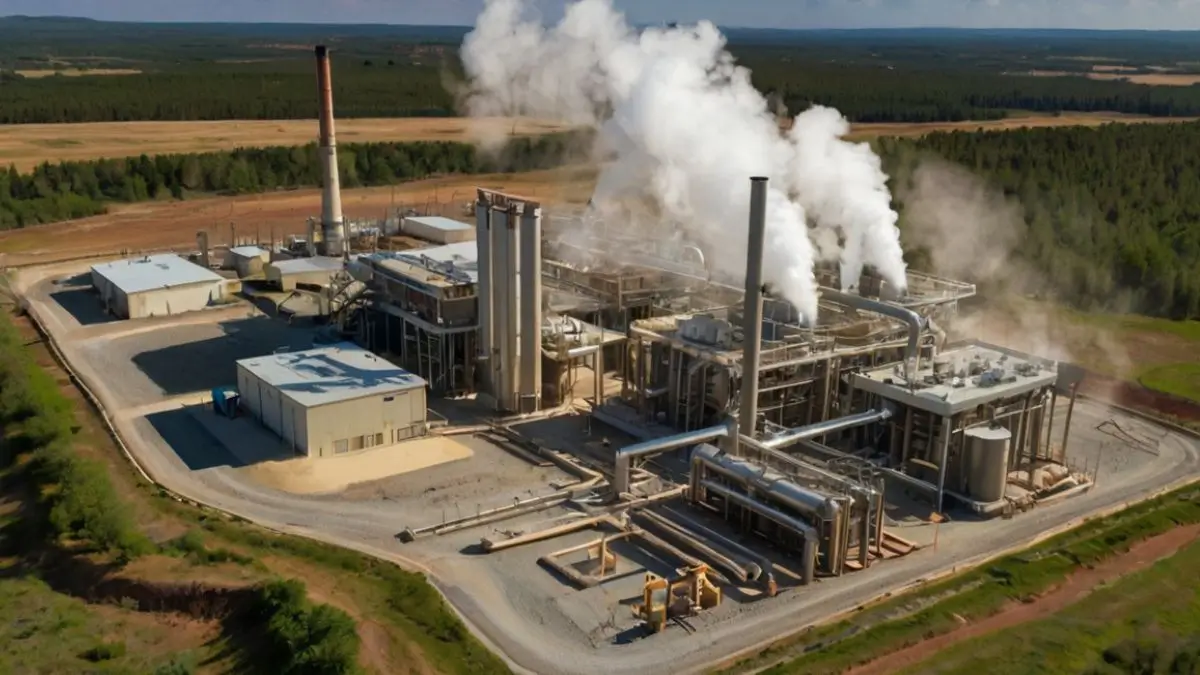Gas-based power plants in India are currently operating at a low Plant Load Factor (PLF), impacting their efficiency and contribution to the energy sector. To address this, the Government of India has taken several measures to enhance the availability and affordability of natural gas for power generation. Key steps include placing Liquefied Natural Gas (LNG) under the Open General License (OGL) category, facilitating infrastructure expansion, and implementing policy reforms to encourage gas-based energy production. This article explores various initiatives aimed at increasing the share of natural gas in India’s energy basket.
Key Government Initiatives for Gas-Based Power Generation
1. LNG Under Open General License (OGL)
- LNG has been placed under the OGL category, allowing power plants to import LNG as per their requirements.
- Power plants can negotiate mutually agreed commercial terms with suppliers for LNG procurement.
- This move removes regulatory barriers and enhances gas availability.
2. LNG Imports by Power Plants
- In FY 2024-25 (April to January), power plants imported approximately 9.58 MMSCMD of gas.
- This import helps meet the growing demand for gas-based electricity during peak hours.
3. Competitive Procurement of Gas-Based Power
- The Government has introduced schemes for competitive procurement of power from gas-based plants.
- These schemes operate during peak demand periods, ensuring optimal utilization of gas-based plants.
- They help stabilize electricity supply and prevent power shortages.
4. Expansion of National Gas Infrastructure
- The Government is working on expanding the National Gas Grid Pipeline, ensuring wider access to natural gas.
- The City Gas Distribution (CGD) network is also being expanded, promoting gas usage across urban and rural areas.
- Several Liquefied Natural Gas (LNG) Terminals are being set up to enhance gas import and storage capacity.
5. Priority Allocation of Domestic Gas
- Domestic gas is allocated on priority to Compressed Natural Gas (CNG) for transport and Piped Natural Gas (PNG) for households.
- This policy ensures affordability and stable gas supply for essential sectors.
6. Marketing & Pricing Freedom for Gas Producers
- Gas produced from high-pressure, high-temperature areas, deep water, ultra-deep water, and coal seams has been granted marketing and pricing freedom.
- A ceiling price is set to prevent excessive price fluctuations and maintain affordability.
7. Promotion of Bio-CNG Through SATAT Initiative
- The Sustainable Alternative Towards Affordable Transportation (SATAT) initiative aims to promote Bio-CNG as a cleaner alternative.
- This helps reduce reliance on fossil fuels and promotes sustainable energy solutions.
| Summary/Static | Details |
| Why in the news? | Government Initiatives to Promote Gas-Based Power Generation |
| LNG under OGL | Allows power plants to freely import LNG on commercial terms. |
| LNG Imports (2024-25) | 9.58 MMSCMD imported between April 2024 – January 2025. |
| Competitive Procurement of Power | Schemes launched for procuring gas-based power during peak demand. |
| Expansion of Gas Grid & CGD | National Gas Grid and City Gas Distribution network being expanded. |
| LNG Terminals | New terminals being set up to enhance gas storage and import. |
| Priority Allocation of Domestic Gas | CNG (transport) and PNG (domestic) given priority allocation. |
| Marketing & Pricing | Freedom High-pressure, deep water, ultra-deep water gas producers get pricing freedom with a ceiling price. |
| SATAT Initiative | Promotes Bio-CNG as an alternative fuel to reduce dependency on fossil fuels. |









 PM Launches ₹1 Lakh Crore RDI Scheme, 25...
PM Launches ₹1 Lakh Crore RDI Scheme, 25...
 EPFO Launches Employees’ Enrolment Schem...
EPFO Launches Employees’ Enrolment Schem...
 How Ayushman Bharat Became the World’s N...
How Ayushman Bharat Became the World’s N...







